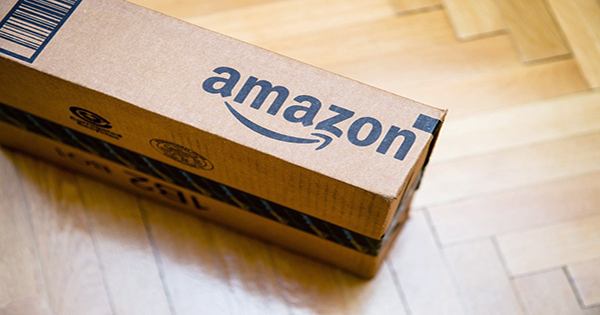“We just have two months of runway left,” the CEO remarked calmly on a recent investor call. The fact that we were on Zoom couldn’t disguise the investors’ responses, which included a few pale faces. As an angel investor, I’ve encountered several permutations of this issue, some of which were more serious than others. It doesn’t happen very frequently, thankfully.
In the same way that airplanes require a minimum runway length to safely take off and land, companies must have enough funding to establish product-market fit. I’m using the metaphor of a “runway” to represent how much cash a corporation has before it runs out of cash. The length of a runway is determined by the size and weight of a plane. Similarly, the amount of financial runway a startup need depends on its business model. A life science firm seeking FDA approval will often require more than a SaaS startup.
It’s vital to calculate the runway you’ll need as precisely as possible, with contingency money set aside in case of unforeseen difficulties. Otherwise, if your firm runs out of funds, you risk having to sell it at a “fire sale” price. Worse worse, your business may be compelled to shut down. Here are five things to think about and remember while planning a runway. Divide available cash by monthly costs, then add offsets such as revenue to arrive at a simple calculation.
How much space do you require for runway? Companies in the seed and series a stages should budget for at least 12 to 18 months of runway. Put as much money as possible into product development or revenue growth to give yourself more time to scale up and make meaningful progress. Being cash-flow positive will help you secure further finance or increase your company’s self-sufficiency. It’s critical to be capital efficient, using finances exclusively to improve revenue, product development, or both.
Your company’s capital efficiency ratio is 1:1 if it earns one dollar for every dollar invested on expansion or product development. When you aim for capital efficiency, you’ll be more likely to make smarter business judgments on where to cut costs before boosting expenditures. Several organizations had contracts with a life science firm in which I invested for specific chemistry needed for product development. Instead of pursuing huge contracts with each of these firms, the corporation granted them smaller contracts and then awarded a larger contract to the firm that produced the most value based on performance.
Establish your burn rate, which is the amount of cash required to run your firm minus sales, to determine how much runway your company requires. Calculate the following costs on a monthly basis: Consider salary, overhead, capital requirements, marketing, and R&D expenses.
















